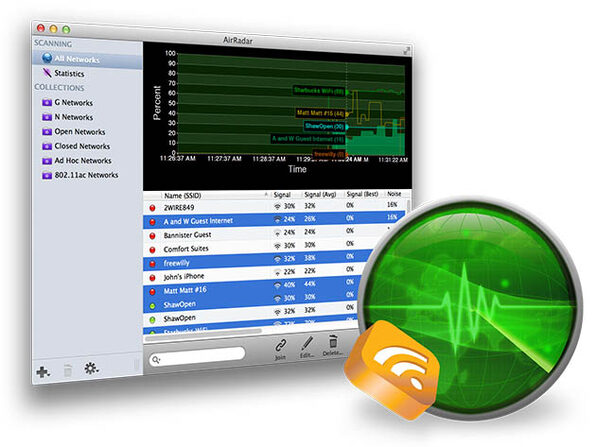
Wind profilers point vertically, and measure the wind components by electronically steering the beam a few degrees off vertical. The radar's Doppler capability permits the measurement and mapping of radial wind velocity, while measurement of spectral width enables identification of regions of enhanced turbulence.īecause clear-air Doppler radars are able to directly sense the motion of the air, they are most commonly employed as wind profilers, both operationally (by weather services and airports) and for research. The ACROBAT radar system can detect the backscatter from small variations in atmospheric refractive index, enabling the investigation of structures such as the boundary layer, convective plumes, and surface based and elevated radio ducts. These returns from invisible refractive index fluctuations make the 'clear-air' radar technique possible. Radar backscatter in the 500-1500 MHz range ("L-band" in radio terminology) occurs due to a combination of Rayleigh scattering from hydrometeors, Bragg scatter from turbulent refractive index inhomogeneities, and Fresnel reflections from layered refractive index structures.
AIRRADAR FOR PC FULL
The radar provides real-time measurement and display of the full Doppler spectrum, and the moments Z, v and w.ĪCROBAT is an acronym for Advanced Clear-air Radar for Observing the Boundary layer And Troposphere. It is installed on the 25 m fully steerable antenna.

The radar is a fully coherent, single-polarisation, pulse compression Doppler radar. ACROBAT, the 1275 MHz Doppler clear-air radar is now fully installed at the STFC Chilbolton Observatory to add clear-air capability to the existing suite of instruments at the site.


 0 kommentar(er)
0 kommentar(er)
